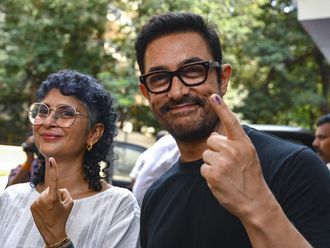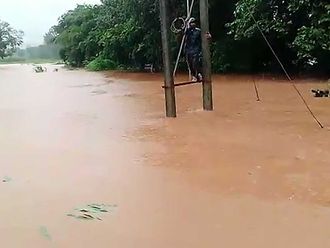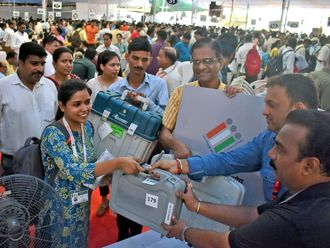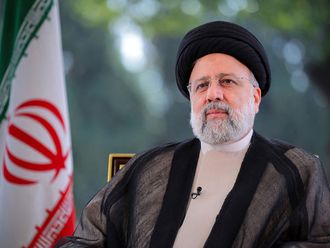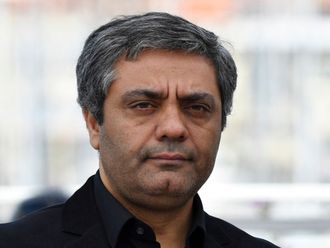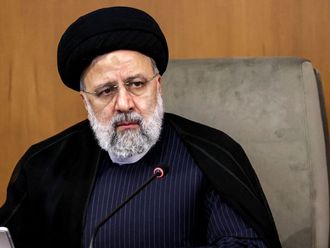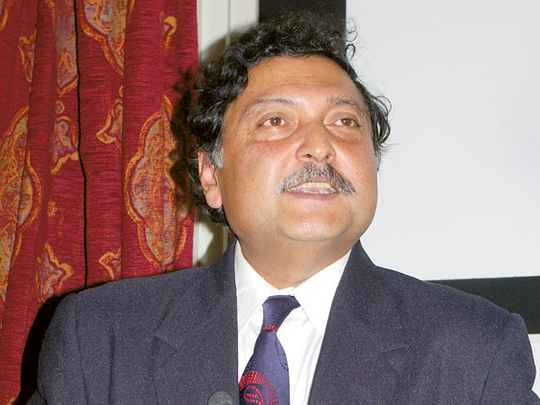
New Delhi: Education researcher, Sugata Mitra has won California’s 2013 million-dollar Technology, Entertainment, Design (TED) Prize with his Hole in the Wall experiment. Professor of Educational Technology, School of Education, Newcastle University, UK, Mitra has been given the amount as grant by the non-profit organisation to take his innovation forward.
Through his experiment, Mitra proved that even slum children could be taught computers very easily without any formal training. Since 1982, he had been deliberating with the concept of unsupervised learning through computers. In 1999, he decided to test his idea.
Mitra, then chief scientist at NIIT, along with some teammates, carved a hole in the wall that separated the NIIT premises from the adjoining slum in Kalkaji, south Delhi. Through this hole, a freely accessible computer was put up for use.
It became an instant hit with slum children. And Mitra discovered that the results were best when children worked in groups and there was lack of adult supervision.
Next year, a similar set of computers was installed in Dakshinpuri, another slum in Delhi and subsequently in Lajpat Nagar and Alipur. In the last 14 years, Hole in the Wall model has spread to Kerala and Maharashtra. The local representatives open the boxes containing these computers at 9am and shut them at 5pm.
The concept also became an inspiration for the novel ‘Q and A’ by Vikas Swarup, an Indian foreign service officer. The book led to the Oscar-winning film Slumdog Millionaire.
Mitra is furthering his research in non-formal minimal invasive education that he feels should rid the world of a system, which is outdated.
He speaks to Gulf News in an exclusive interview.
GULF NEWS: If it were in your hands, what steps would you take to reinvent the education system?
SUGATA MITRA: We have to look at three things: curriculum, pedagogy and assessment. Each bit of the current curriculum needs to be analysed to see what purpose it serves. For example: Is anyone ever going to have to multiply large numbers by long hand? If not, then why is it taught? Curriculum needs to focus on big questions like: Where is our planet? Where did it come from? Why are we living on it? Do we have a purpose?
As for pedagogy — we live in a world where children can figure things out by themselves. But the existing teaching assumes that they cannot and, therefore, have to be taught. That has to change and we must “teach” as little as possible.
Similarly, regarding assessment, the present examination system assumes that in order to live, we must have facts and figures stored in our heads. This too needs to be changed. For example: Instead of asking “how long will it take for a 10 kilograms weight to drop 10 foot”, we could ask “use the internet to find out how long it will take for a 10 kilograms weight to drop 10 foot and justify why you think your answer is right?”
Q: Do you expect the new education model to succeed in India, where the powers-that-be are neither open to changes nor challenges?
A: I think the government in India and elsewhere will listen if we propose a solution clearly and also demonstrate its validity. We need to convince them instead of criticising. It’s a big job, but can be done.
Q: Have you ever discussed with the government agencies on how the internet can be employed in remote areas as far as education and healthcare is concerned?
A: Yes, I have done so for many years. And the government has funded many Hole in the Wall projects with good results. Though there are problems with maintenance and costs, these have to be solved. But this time around the topic is a bit different. We are talking about reinventing schools, which will need a deeper dialogue.
Q: In an interview you said, “the best teachers and students don’t exist where they are needed the most.” Was it said in context to India?
A: I am afraid I meant the whole world. This problem exists throughout the planet in all countries — developed and developing. Good teachers, like any other human being, want a good life. So, they tend to migrate away from remote areas to more convenient ones. As a result, the quality of education in remote areas suffers. For such places, we need solutions that are not dependent on the physical presence of teachers.
Q: You often say that our education system has failed so many. Does that mean you come from a different school of thought?
A: No, I did not say this. I said that our present education system is outdated. It is from a time when empires had to be administered without computers or telephones and where data had to be hand written. Now, that world has gone and the education system that supported it has to go too.
Q: You refer to “School in the Cloud”. What does that mean and would it also be for the under-privileged children?
A: The ‘School in the Cloud’ is an integration of learning and the internet that will prepare children to answer questions and solve problems by themselves. It should work the same way everywhere. That is, not differently in cities and villages. It should level the playing field for children everywhere. It should be simple, reliable and not dependent on the presence of teachers.


